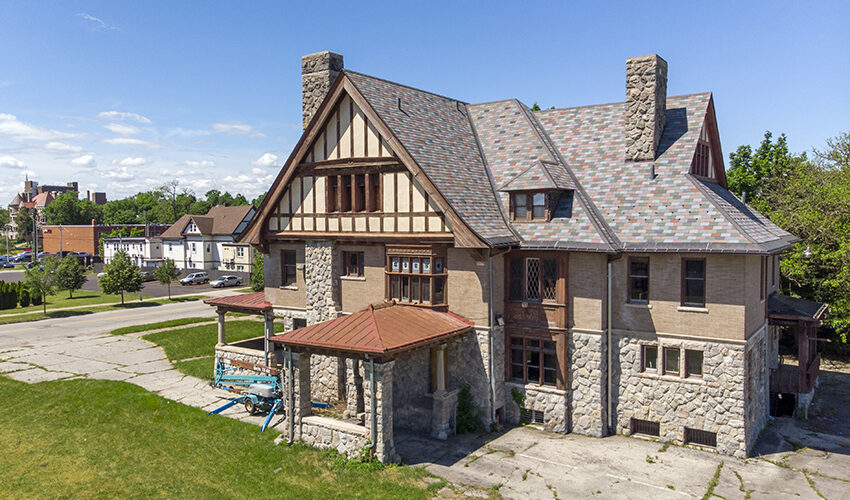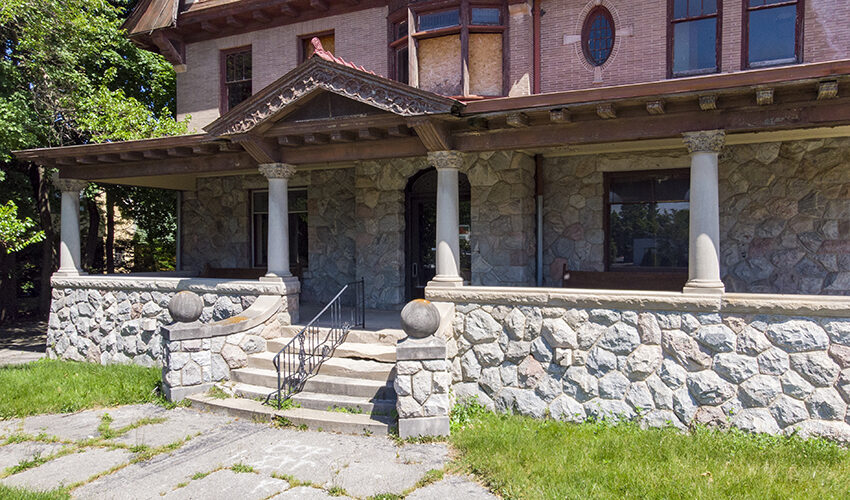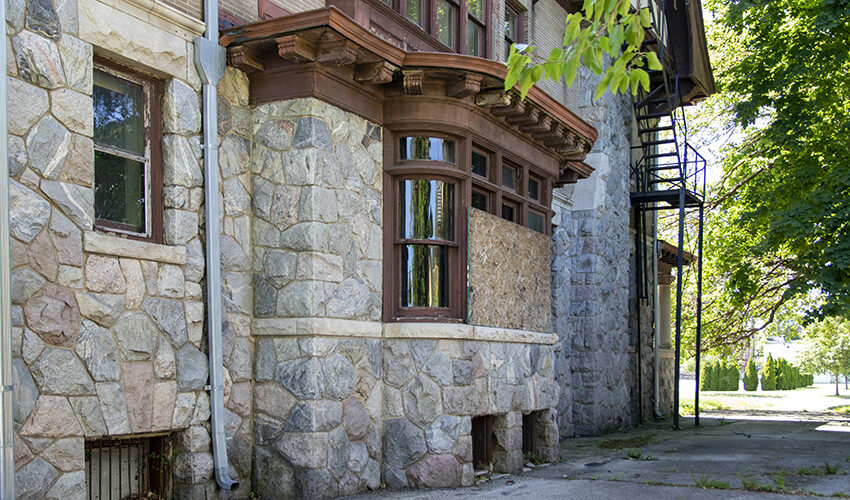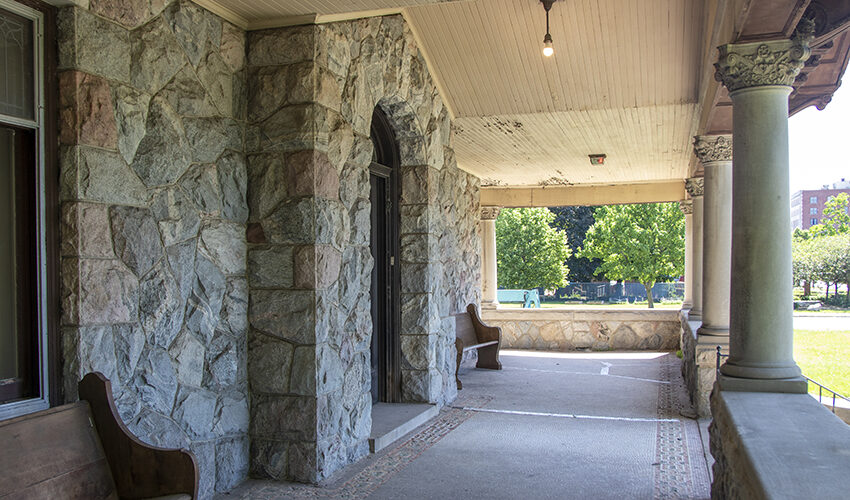
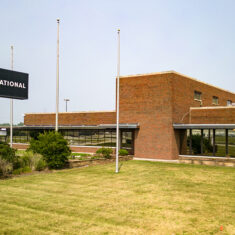
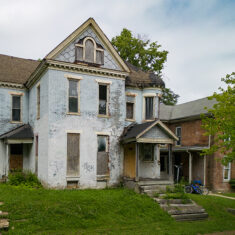
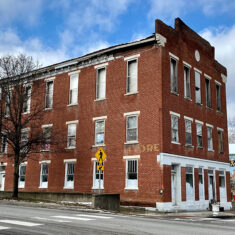
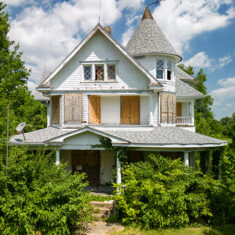
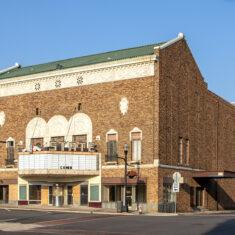
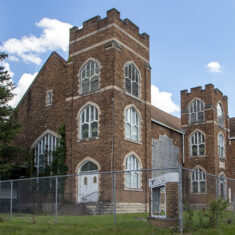
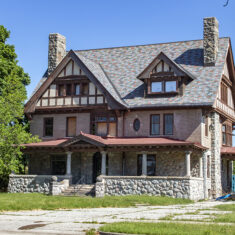
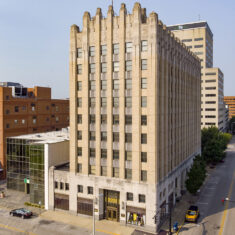
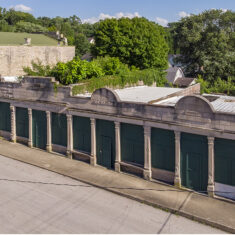
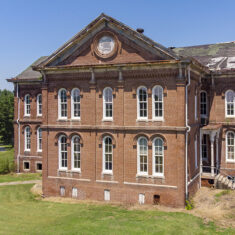
Birdsell Mansion
511 West Colfax Avenue, South Bend
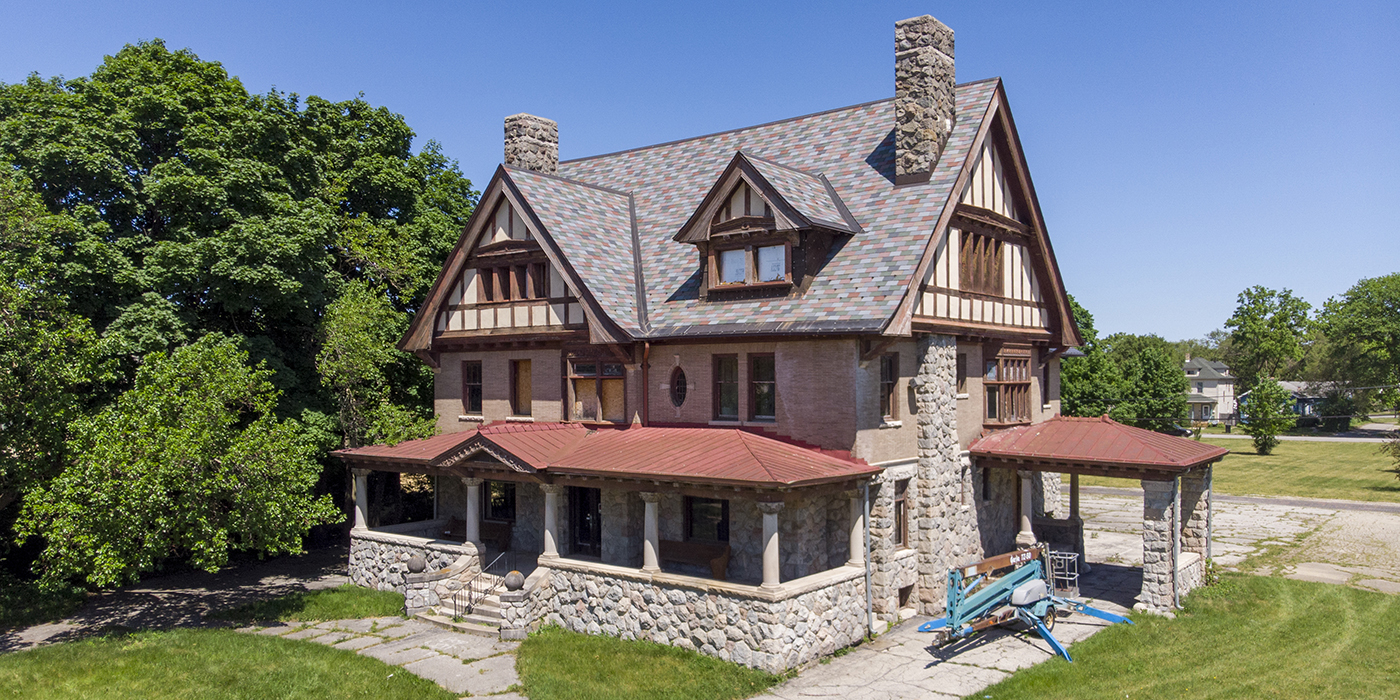
High Society
Today, a drive through South Bend’s West Washington Historic District offers a reminder of the city’s heyday as a manufacturing hub, a time when wealthy industrialists built elaborate and expensive mansions befitting their elevated status. Among the monumental houses, one stands out for all the wrong reasons.
When it was built in 1898, J.B. Birdsell’s mansion rivalled Clem Studebaker’s Tippecanoe Place and J.D. Oliver’s Copshaholm in opulence and prestige. Today, however, the Birdsell mansion’s ongoing neglect is cause for alarm. It’s been vacant for more than a decade, held by an absentee owner with a growing list of code enforcements.
Born into a manufacturing dynasty, J.B. “Ben” Birdsell was one of the city’s industrial titans. His father, agricultural inventor John C. Birdsell, moved to South Bend from New York in 1864 to produce an innovative machine for threshing and hulling clover – an important crop at the time.
Eventually, J.B. took over operations at the company and commissioned the city’s leading architectural firm, Parker & Austin, to design a suitably prominent home for his family. With hardwood paneling, ornate fireplaces, and a third-floor ballroom, the new house fit the bill. From their mansion, J.B. and his wife, Olive, entertained South Bend’s high society.
Since first appearing on the 10 Most Endangered list last year, conditions have only gotten worse. Plywood and trash bags cover missing windows, and water seeping in from leaking gutters threatens high-style interior finishes. It’s an ignominious state for one of South Bend’s standout homes.
Todd Zeiger
Director
Indiana Landmarks Northern Regional Office
574-232-4534
tzeiger@indianalandmarks.org
Adam Toering
Historic Preservation Commission of South Bend
574-235-7478
atoering@southbendin.gov
Saving threatened buildings takes teamwork. You can be a part of that team. Reach out to local leaders. Let them know these buildings are important to you. And support state and local preservation groups.

